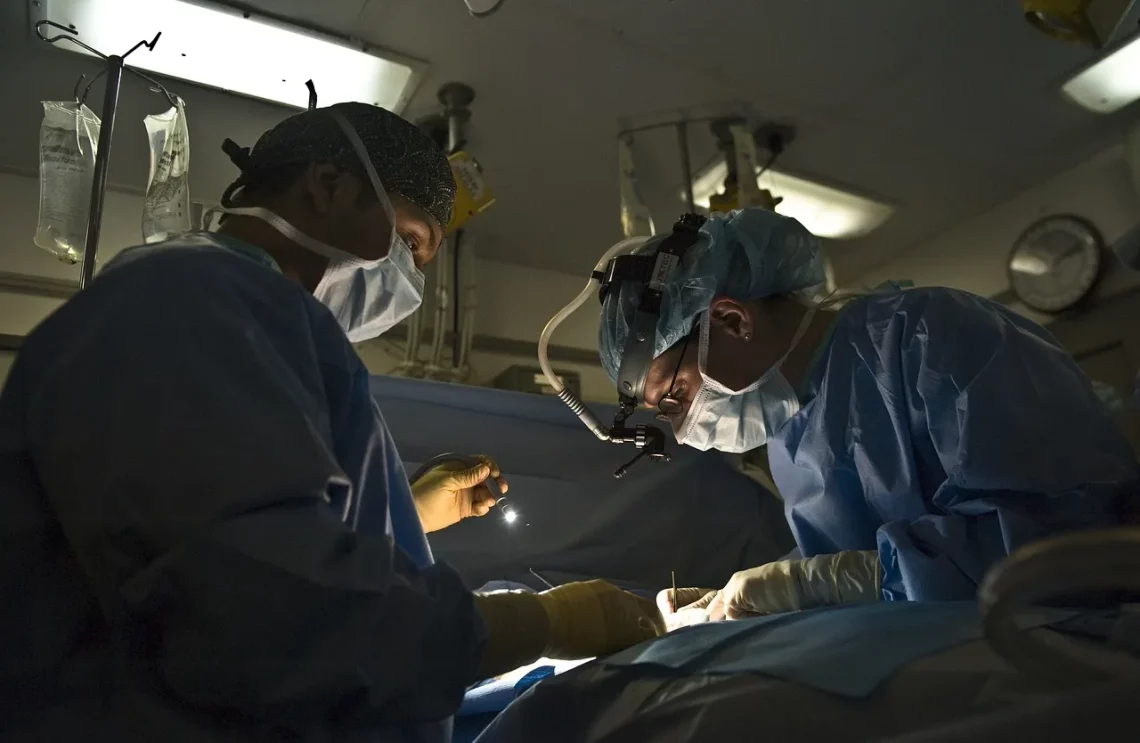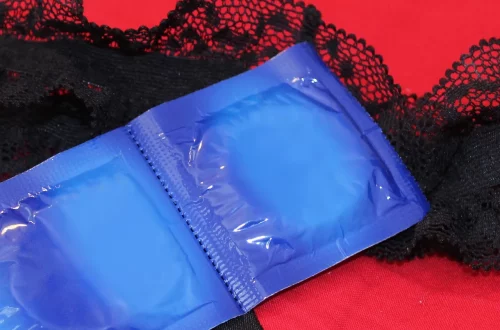
How Long Does a Dog Spay Surgery Take and What to Expect
When considering the health and well-being of your furry companion, spaying is a significant procedure that many pet owners contemplate. Spaying, which involves the surgical removal of a female dog’s ovaries and uterus, not only helps prevent unwanted litters but also contributes to long-term health benefits. This surgery is a common practice among veterinarians and is recommended for various reasons, including reducing the risk of certain diseases and behavioral issues. However, for many pet owners, the prospect of surgery can be daunting, leading to numerous questions and concerns.
Understanding the surgical process, the expected timeline, and what you can do to prepare your pet for the procedure can alleviate anxiety and ensure a smoother experience. Moreover, being informed about the recovery process is crucial in helping your dog return to her normal activities as quickly as possible. This article aims to provide a comprehensive overview of what to expect when your dog undergoes spay surgery, from the pre-operative phase to post-operative care. With the right knowledge, you can make informed decisions regarding your dog’s health and well-being.
Understanding the Spay Surgery Process
The spay surgery process is relatively straightforward but requires careful attention to detail. Initially, your veterinarian will conduct a thorough examination of your dog to ensure she is healthy enough for surgery. This may include blood tests to check for any underlying health issues that could complicate the procedure. Once cleared, the surgery is typically performed under general anesthesia, which ensures that your dog remains unconscious and pain-free throughout the operation.
The actual surgical procedure usually takes about 30 to 90 minutes, depending on the dog’s size, age, and overall health. The veterinarian will make an incision in the abdomen, usually along the midline, to access the reproductive organs. After removing the ovaries and uterus, the incision is carefully stitched or stapled closed. Although the surgery is relatively quick, the entire process—from preparation to recovery in the veterinary clinic—can take several hours.
Post-surgery, your dog will be monitored closely as she wakes up from anesthesia. This monitoring is crucial to ensure there are no immediate complications. Once your dog is stable, you will be provided with instructions for home care, which typically includes guidelines on pain management, activity restrictions, and wound care. It’s essential to follow these instructions diligently to promote a smooth recovery.
Preparation and Preoperative Care
Preparing your dog for spay surgery is an important step that can significantly affect the outcome. One of the first things to consider is the timing of the surgery. Most veterinarians recommend scheduling the procedure when your dog is between six months and a year old, although this can vary based on breed and health. Discussing the best time with your veterinarian can help establish a plan tailored to your dog’s needs.
Prior to the surgery, your veterinarian will likely advise you to withhold food and water for a certain period to ensure that your dog’s stomach is empty. This is crucial for safety during anesthesia, as it minimizes the risk of aspiration. Additionally, it’s helpful to prepare your home for your dog’s return. Create a comfortable, quiet space where she can rest post-surgery, away from other pets and disturbances.
You may also want to gather necessary supplies, such as an Elizabethan collar (also known as a cone), to prevent your dog from licking or biting at her surgical site. Having pain relief medications on hand, as prescribed by your veterinarian, can also aid in a smoother recovery.
Lastly, consider scheduling time off work or arranging for someone to assist you during the initial recovery days. This will ensure you can monitor your dog closely and provide her with the care and attention she needs.
Postoperative Care and Recovery Tips
After spay surgery, your dog’s recovery is paramount to her overall health. Most dogs will experience some level of discomfort or pain following the procedure, which is why your veterinarian will likely prescribe pain relief medications. It’s important to administer these medications as directed, as they can significantly improve your dog’s comfort levels during recovery.
Monitor your dog closely for any signs of complications, such as excessive swelling, redness at the incision site, or unusual behavior. A little swelling and redness may be normal, but significant changes or signs of distress should prompt a call to your veterinarian. Make sure to keep an eye on her eating and drinking habits as well. A decreased appetite or refusal to drink water can be concerning.
Activity restrictions are essential during the recovery period. Your veterinarian will likely recommend limiting your dog’s physical activity for at least 10 to 14 days post-surgery. This means no running, jumping, or playing with other dogs. Light leash walks are usually acceptable, but you should avoid any strenuous exercise. Keeping your dog calm and relaxed is crucial for a smooth recovery.
You may also need to restrict your dog’s access to stairs or other challenging areas in the home. Providing a cozy bed in a quiet area can help her feel secure and comfortable. Regularly check the incision site for any signs of infection or unusual discharge. Keeping the area clean and dry is vital for promoting healing.
Signs of Complications and When to Seek Help
Understanding the signs of complications following spay surgery can be lifesaving. While most dogs recover without issues, being vigilant can help you catch any problems early. Common complications include infection, bleeding, and adverse reactions to anesthesia.
If your dog exhibits any of the following symptoms, it’s essential to contact your veterinarian immediately. Signs of infection may include increased redness, swelling, or discharge from the incision site. If your dog has a fever, is lethargic, or refuses to eat or drink, these could also indicate a problem. Additionally, if you notice any unusual behavior, such as excessive whining or panting, it’s worth seeking advice from your veterinarian.
In some cases, incision site complications may lead to the incision opening or developing a seroma, which is a pocket of fluid. Should you observe any significant changes in the surgical site, don’t hesitate to reach out to your veterinarian for guidance.
Being well-informed and prepared can help you navigate the spay surgery process with confidence. Remember that your veterinarian is your best resource for any questions or concerns you may have regarding your dog’s health and recovery.
**Disclaimer**: This article is for informational purposes only and does not constitute medical advice. Always consult your veterinarian for specific recommendations and guidance regarding your dog’s health and medical needs.




